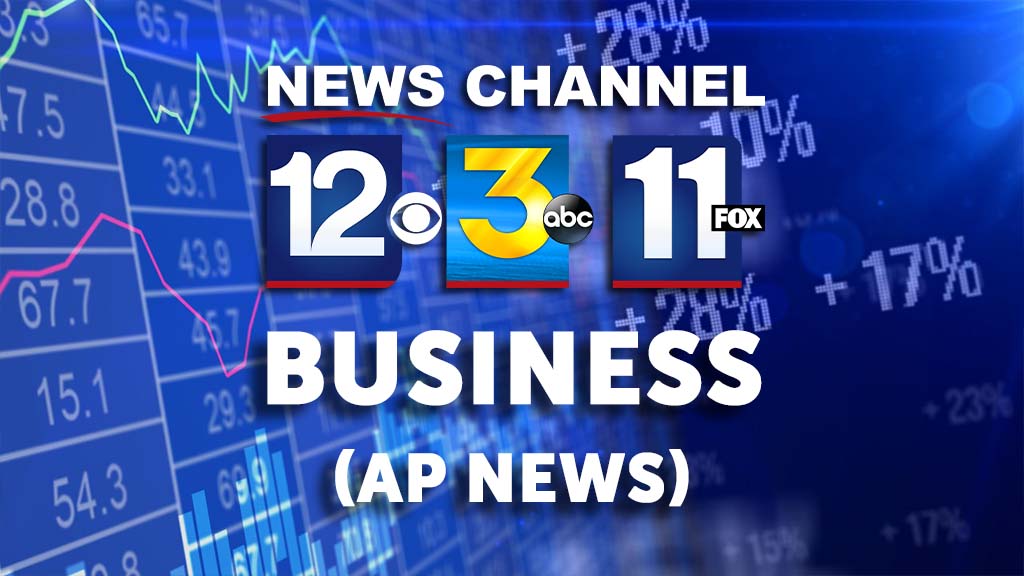Robinhood cuts 23% of its workforce as fewer users trade

NEW YORK (AP) — Robinhood Markets said Tuesday it’s cutting nearly a quarter of its workforce, as crashing cryptocurrency prices and a turbulent stock market keep more customers off its trading app.
CEO Vlad Tenev said the company, whose easy-to-use app helped bring a new generation of investors to the market, will reduce its headcount by about 23%. That follows another round of layoffs announced earlier this year, which cut 9% of its workforce and “did not go far enough” in cutting costs, Tenev said in a post on the company’s blog.
The highest inflation in 40 years and sharp hikes in interest rates by the Federal Reserve to combat it have sent prices reeling across all kinds of financial markets, particularly those popular among Robinhood customers. Bitcoin has fallen to roughly $23,000 from its record of nearly $69,000, with prices crashing across the crypto ecosystem. Stocks on Wall Street, meanwhile, dropped more than 20% from their record to put the S&P 500 in what’s called a bear market.
All that tumult means Robinhood saw its number of monthly average users drop, which hurts the company because it does best when its customers are trading a lot. The company based in Menlo Park, California, said it had 14 million monthly active users in June, down from 15.9 million three months earlier and from 21.3 million in last year’s second quarter.
Altogether, Robinhood reported a net loss of $295 million, or 34 cents per share, for the three months through June. That’s a narrower loss than the $502 million, or $2.16 per share, reported for last year’s second quarter.
Revenue fell 44% from a year earlier to $318 million, but it was stronger than analysts expected.
Robinhood’s growth has slowed sharply over the past year for a few reasons. A big one is that it was hard-pressed to replicate its blockbuster performance from the first half of 2021. At the time, manias around GameStop, other meme stocks and dogecoin all helped send Robinhood’s revenue soaring.
But Robinhood is also contending with a world where pandemic restrictions have eased, meaning potential customers no longer have to spend as much time at home. And some smaller-pocketed, regular investors have pulled back from trading. They’re called “retail investors” to distinguish them from the big professional investors called “institutional investors.”
“Last year, we staffed many of our operations functions under the assumption that the heightened retail engagement we had been seeing with the stock and crypto markets in the COVID era would persist into 2022,” Tenev said in his blog post. “In this new environment, we are operating with more staffing than appropriate. As CEO, I approved and took responsibility for our ambitious staffing trajectory — this is on me.”
Robinhood’s stock has been mostly tumbling since its debut last year. It’s nearly halved so far in 2022 and closed Tuesday at $9.23, up 2.1% for the day. It slipped nearly 1% in afterhours trading.
